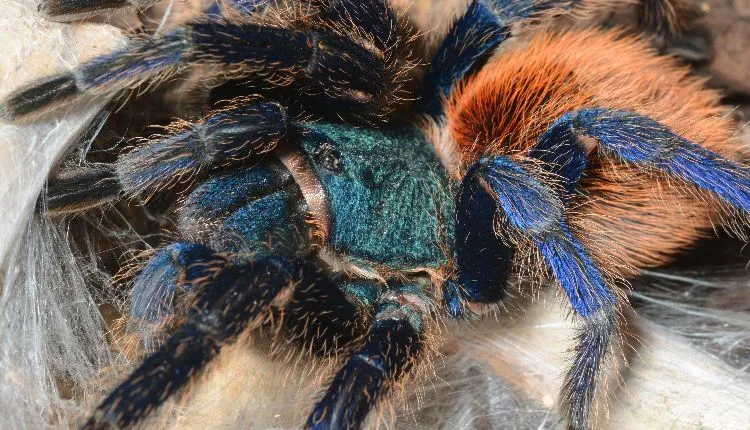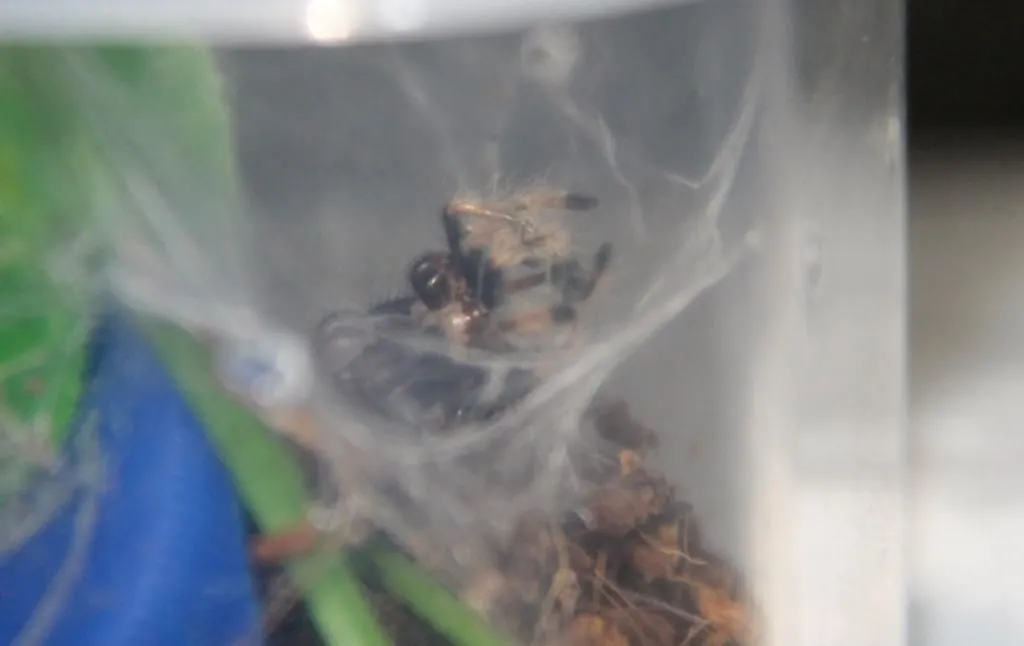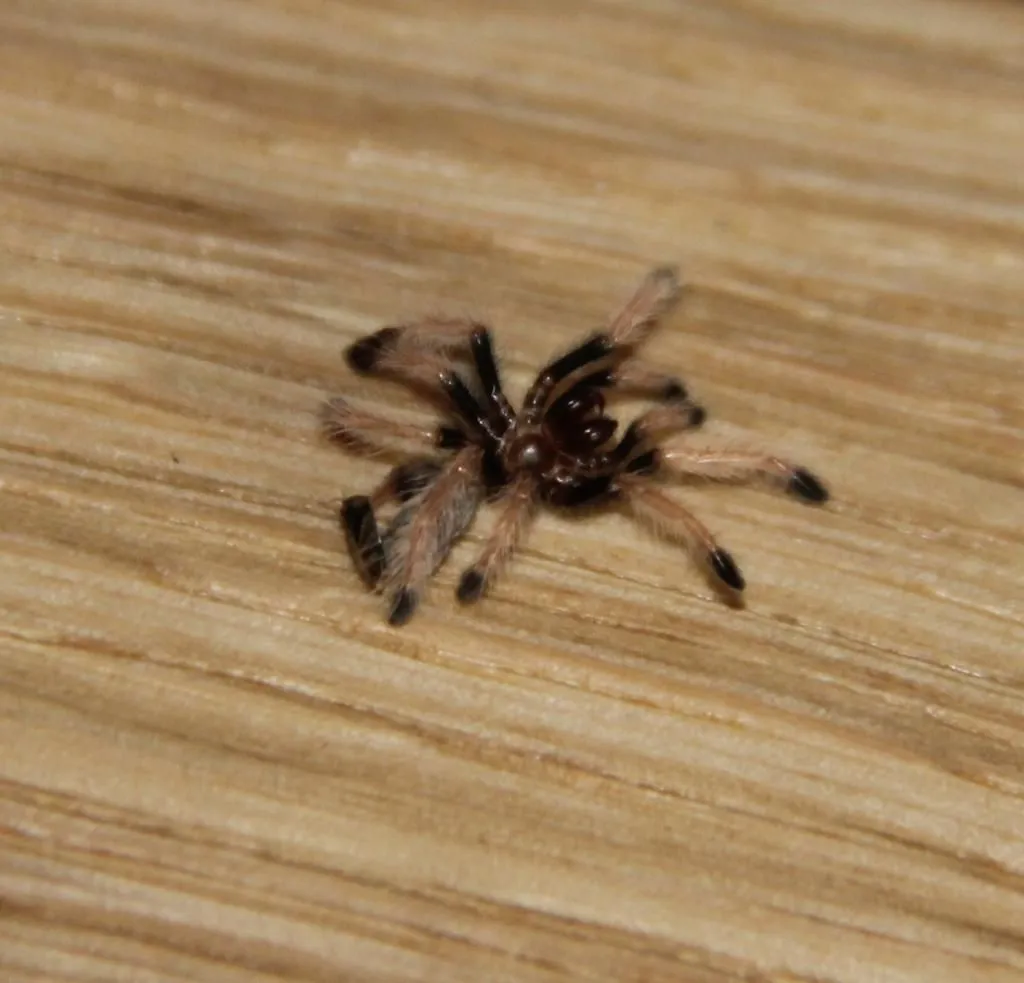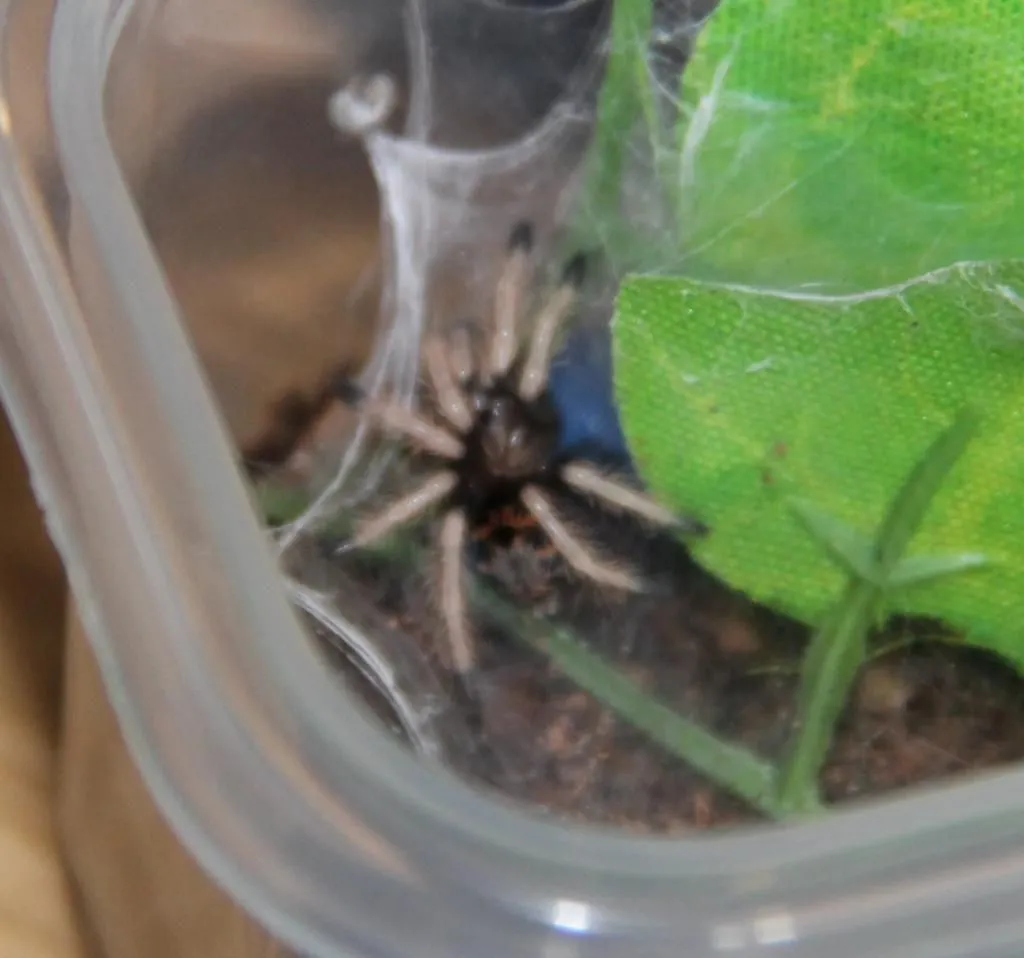GBB Sling Care Top 5 Tips
Caring for a Green Bottle Blue (GBB) tarantula sling is an exciting journey. These stunning arachnids, with their vibrant blue legs and green carapace, require specific care to thrive. This guide provides the top 5 essential tips for ensuring your GBB sling grows into a healthy and beautiful adult. From enclosure setup to feeding and temperature regulation, we’ll cover everything you need to know to provide the best possible care for your new pet. Remember, patience and observation are key – enjoy the process of learning about and caring for your GBB sling.
Choosing the Right Enclosure
The right enclosure is the foundation of your GBB sling’s well-being. A secure, appropriately sized habitat is crucial for its safety and comfort. Clear enclosures allow for easy observation, which is essential for monitoring your sling’s health and behavior. Ensure the enclosure is escape-proof, as GBB slings are small and can squeeze through tiny gaps. The enclosure should also provide enough space for your sling to move around, burrow (if the substrate allows), and eventually molt.
Enclosure Size and Ventilation

For a GBB sling, a small deli cup or a similarly sized enclosure is suitable. As your tarantula grows, you’ll need to upgrade to larger enclosures. Proper ventilation is paramount to prevent the buildup of humidity and mold. The enclosure should have cross-ventilation – ventilation holes on opposite sides – to ensure fresh airflow. Avoid enclosures with excessive ventilation, which can lead to the enclosure drying out too quickly, especially in smaller setups for slings. The goal is to maintain a balance that supports the tarantula’s health.
Substrate Selection and Depth
The substrate provides a comfortable surface and helps to maintain humidity. For GBB slings, a substrate that retains moisture without being overly damp is ideal. A mixture of peat moss, vermiculite, and a small amount of coco fiber works well. The substrate should be deep enough for the sling to burrow slightly, which provides security. The substrate depth should be approximately one to two times the tarantula’s leg span. Ensure the substrate is clean and free of any harmful chemicals or additives.
Providing Proper Humidity Levels
Humidity is a critical factor in GBB sling care. GBBs, like most tarantulas, need specific humidity levels to molt successfully and thrive. Too little humidity can lead to molting problems, while excessive humidity can promote mold growth. The ideal humidity range for a GBB sling is generally between 60-70%. Monitoring humidity is essential, and this can be done using a hygrometer. Adjust humidity levels by misting the enclosure lightly with dechlorinated water as needed.
Monitoring Humidity and Preventing Mold

Regularly check the enclosure for condensation, which indicates the level of humidity. If there is too much condensation, reduce the amount of misting or increase ventilation. If the enclosure appears too dry, increase misting frequency. Inspect the substrate regularly for signs of mold, which can be a health hazard. If mold appears, remove the affected substrate immediately and replace it with fresh, clean substrate. Good ventilation and appropriate humidity levels are the best defenses against mold.
Water and Hydration for Your GBB Sling
Providing fresh water is crucial for your GBB sling’s survival. Slings are delicate, and dehydration can be fatal. They obtain water through the substrate and by drinking droplets. Always use dechlorinated water, as chlorine can be harmful. The water should be readily available, ensuring the sling can hydrate as needed. Regular access to clean water is a must-have for maintaining their health.
Water Dish and Spraying Schedule
While GBB slings are small, a shallow water dish can be provided. Alternatively, misting the enclosure once or twice a week is a good way to ensure the sling has access to water droplets. Ensure the misting doesn’t saturate the substrate, which could lead to mold. A tiny bottle cap with water can also serve as a water dish for very small slings. Always monitor the water source to ensure it remains clean and free of debris.
Feeding Your Green Bottle Blue Sling

Feeding your GBB sling the right food is essential for its growth and development. They are voracious eaters, but it’s important to provide the correct food items. They require a diet rich in nutrients to thrive. Observe their eating habits and adjust the feeding schedule as needed, paying attention to their activity and overall health.
Prey Size and Feeding Frequency
The size of the prey should be appropriate for the sling. A good rule of thumb is to offer prey that is no larger than the sling’s abdomen. For small slings, flightless fruit flies or very small pinhead crickets are ideal. Feed your sling 2-3 times a week, adjusting the frequency based on its feeding response and growth. Always remove uneaten prey within 24 hours to prevent stress to your sling.
Live vs. Pre-Killed Prey
Live prey is usually preferred as it stimulates natural hunting behaviors. However, pre-killed prey can be offered, especially for very small slings or during molting. If using pre-killed prey, ensure it is fresh and offered immediately. Avoid leaving pre-killed prey in the enclosure for extended periods. When offering live prey, make sure the enclosure is escape-proof, as crickets and other feeders can be difficult to catch if they escape.
Maintaining Optimal Temperature

Temperature is another vital factor in GBB sling care. Tarantulas are ectotherms, meaning they rely on external heat sources to regulate their body temperature. Providing the correct temperature range is critical for their metabolism, growth, and overall health. The ideal temperature range for a GBB sling is between 75-85°F (24-29°C). Maintaining this temperature range ensures your sling can digest food properly and thrive. A temperature gradient is preferable, so the sling can choose its preferred temperature zone.
Heating Options and Temperature Monitoring
A heat mat placed on the side of the enclosure can provide gentle warmth. Avoid placing the heat mat under the enclosure, as this can cause the substrate to dry out and lead to burns. Always use a thermostat to regulate the heat mat’s temperature. Regularly monitor the enclosure’s temperature using a thermometer, to ensure the correct heat levels are maintained. Avoid direct sunlight or placing the enclosure near drafts, as this can fluctuate the temperature.
Final Thoughts on GBB Sling Care
Caring for a Green Bottle Blue tarantula sling can be very rewarding. By following these top 5 tips, you can provide a safe and comfortable environment for your sling to thrive. Remember to observe your sling regularly, learn its behavior, and adjust its care as needed. Patience, consistency, and attention to detail are key to successful GBB sling care. Enjoy the journey of raising your beautiful, vibrant tarantula.
